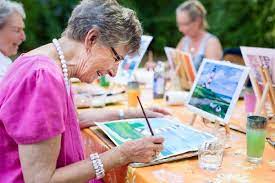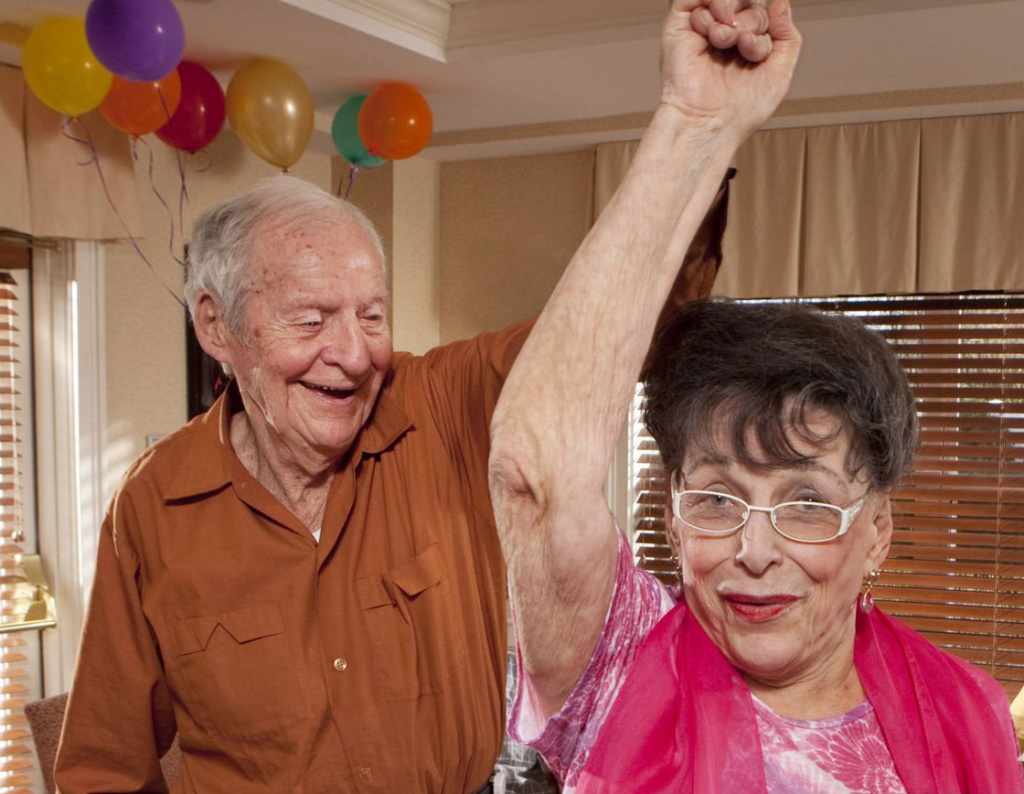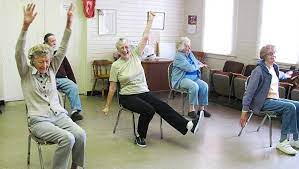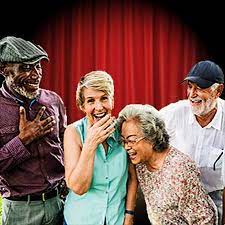
Senior Engagement
Visual Arts Programming
- Pencil or charcoal drawing
- Life drawing from the live model
- Painting: watercolor or acrylic
- Paper collage
- Mixed media
- 3-D and stop motion animation
- Found object sculptures
- Clay (air dry or fired)
- Digital photo manipulation
Why create art? It gives participants:
- an opportunity for personal growth.
- an exchange of ideas without relying on short-term memory.
- an opportunity to access long-term memories.
- new insight into others’ ideas and interests.
- a means to make connections between individual experience and the world at large.
- a social setting that allows connection to one’s peers.
- a respite, both physically and psychologically.
 Both viewing and making art have been documented as being beneficial to older adults. Exactly what happens in the brain when we look at art? Visual art seems to stimulate the emotional functions that remain intact in persons with Alzheimer’s, thus allowing for increased socialization and communication skills. Because art stimulates both hemispheres of the brain, neurologists see it as a way of engaging older viewers, especially those with Alzheimer’s and related dementia. Alzheimer’s does not take away memory, rather it is the part of the brain that gives you access to the memory that is damaged. Art can help trigger activity in this part of the brain. Neurologists agree that brain plasticity, or the brain’s ability to adapt and remain vital, can exist well into old age.
Both viewing and making art have been documented as being beneficial to older adults. Exactly what happens in the brain when we look at art? Visual art seems to stimulate the emotional functions that remain intact in persons with Alzheimer’s, thus allowing for increased socialization and communication skills. Because art stimulates both hemispheres of the brain, neurologists see it as a way of engaging older viewers, especially those with Alzheimer’s and related dementia. Alzheimer’s does not take away memory, rather it is the part of the brain that gives you access to the memory that is damaged. Art can help trigger activity in this part of the brain. Neurologists agree that brain plasticity, or the brain’s ability to adapt and remain vital, can exist well into old age.
Art can lessen depression and anxiety and increase imagination and creativity, both outcomes that improve quality-of-life for people. Creativity prepares us to deal with problems more effectively in old age.
Creating art builds community either through class participation or participant-led art exhibits. Our WhyArtists are highly proficient in recognizing each person’s current physical ability and working from that point to build upon art and creativity skills.
Dance/Movement Programming
Ballroom Dancing features such dances as the Merengue, Foxtrot, Rumba, Polka, Swing, Tango, Salsa, & Line Dancing. No partner needed!
 Golden Ballroom chair dancing will take the dancers on a trip through the eras while moving to the music.
Golden Ballroom chair dancing will take the dancers on a trip through the eras while moving to the music.
Why is dance important?
Improves Overall Physical Condition. Dancing improves overall muscle tone and strength, flexibility, agility and endurance – all of which become weakened as we age without having some form of routine exercise, especially without an exercise that engages the entire body like ballroom dance. Preserving, if not improving, bone density and joint health is also an added benefit for seniors since ballroom dance is a weight-resisting activity while forcing the dancer to resist their partner’s body weight while dancing. And, the unique aspect of Ballroom Dance is that each lesson is tailored around abilities. Our WhyArtists are highly proficient in recognizing each person’s current physical ability and working from that point to build upon physical activity and dance skill.
 Helps Reduce Risk for Falls Due to Weakness and Imbalance. Seniors usually experience improvements in overall muscle strength and balance which can also help reduce the risk for falls.
Helps Reduce Risk for Falls Due to Weakness and Imbalance. Seniors usually experience improvements in overall muscle strength and balance which can also help reduce the risk for falls.
“The best defense against falling is to keep your body strong with activities that improve balance. Studies have shown that dancing improves strength and balance, and ballroom dancing is fun. It also engages you mentally as you learn the steps and as you constantly adjust to your partner. I have been doing this since I turned 80, four years ago, and though I had previously fallen several times, I have not fallen since I began dancing.”
Helps Reduce the Risk of Dementia. Research has shown that dance is a physical activity associated with a reduced risk of dementia. Not only is it fun and engaging for seniors, it requires use of the cognitive thought processes which is extremely important in the risk reduction for dementia. Dance improves spatial memory which is vital for learning dance.
Encourages Sociability. Not only is taking ballroom dance lessons fun and engaging, it provides seniors a very important outlet to be with others, encouraging sociability and community. Everyone is learning the same dance steps together. The result is that they interact with the other dancers and do not feel isolated or as alone while taking classes.
Reduces Stress and Anxiety. People of all ages can reduce stress and anxiety levels with exercise, and seniors are no exception. As we age, we tend to have less resilience to stress than younger adults due to changes in the ability to accommodate the body’s natural stress response. Dance is one of the best forms of exercise!
Storytelling | Theatre Programming
- Storytelling from life experiences
- Radio dramas
- Play or musical theatrical performance
- Improvisational theatre
Why participate in theatre and storytelling?
Creative, drama-based activities provide the opportunity for self-expression, play, and fun. This can broaden horizons and encourage people to take on new challenges in other areas of their lives. Senior theatre provides older adults with an ideal opportunity to display their acting, singing, and dramatic talents. For some, it’s an opportunity to revive and reprise their skills from bygone days. For others, it’s the chance of a lifetime to take center stage. Senior theatre works because it doesn’t rely on set formulas or procedures. It’s all about flexibility and adaptation. It can be drama or comedy, inexpensive or extravagant, a singing duo or an extensive cast. But across the board, it’s fun, as participants attest.
 Participants in theatre and drama report decreased anxiety, decreased loneliness, increased self-confidence and self-esteem, and increased sense of value and purpose while consistently showing improvements in cognitive functioning, memory, word generation and comprehension, and problem solving. Older people say that theatre participation is full of excitement, fun, happiness, and freeing of the imagination.
Participants in theatre and drama report decreased anxiety, decreased loneliness, increased self-confidence and self-esteem, and increased sense of value and purpose while consistently showing improvements in cognitive functioning, memory, word generation and comprehension, and problem solving. Older people say that theatre participation is full of excitement, fun, happiness, and freeing of the imagination.
These projects all enable people to exchange stories and experiences and develop positive views of themselves and others. Their value and benefits lie in increased trust, improved communication and understanding, and the production of a sense of togetherness among participants which, in turn, helps to combat social exclusion. Dramatic role play and devising appear to be particularly effective in producing a safe space for expressing and challenging age-related stereotypes and finding commonalities and accepting differences. Theater and drama encourage reflection, empathy, and transformation, both for participants and audience members.
Our WhyArtists are highly proficient in recognizing each person’s current physical ability and working from that point to build upon theatrical and creativity skills.
For more information, email info@whyartsinc.org
